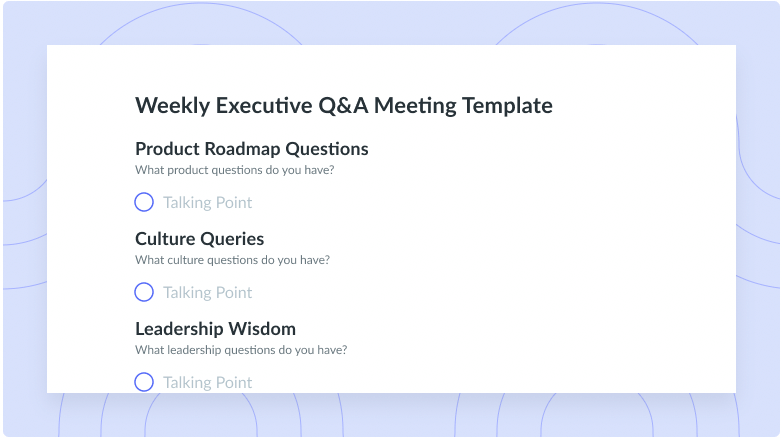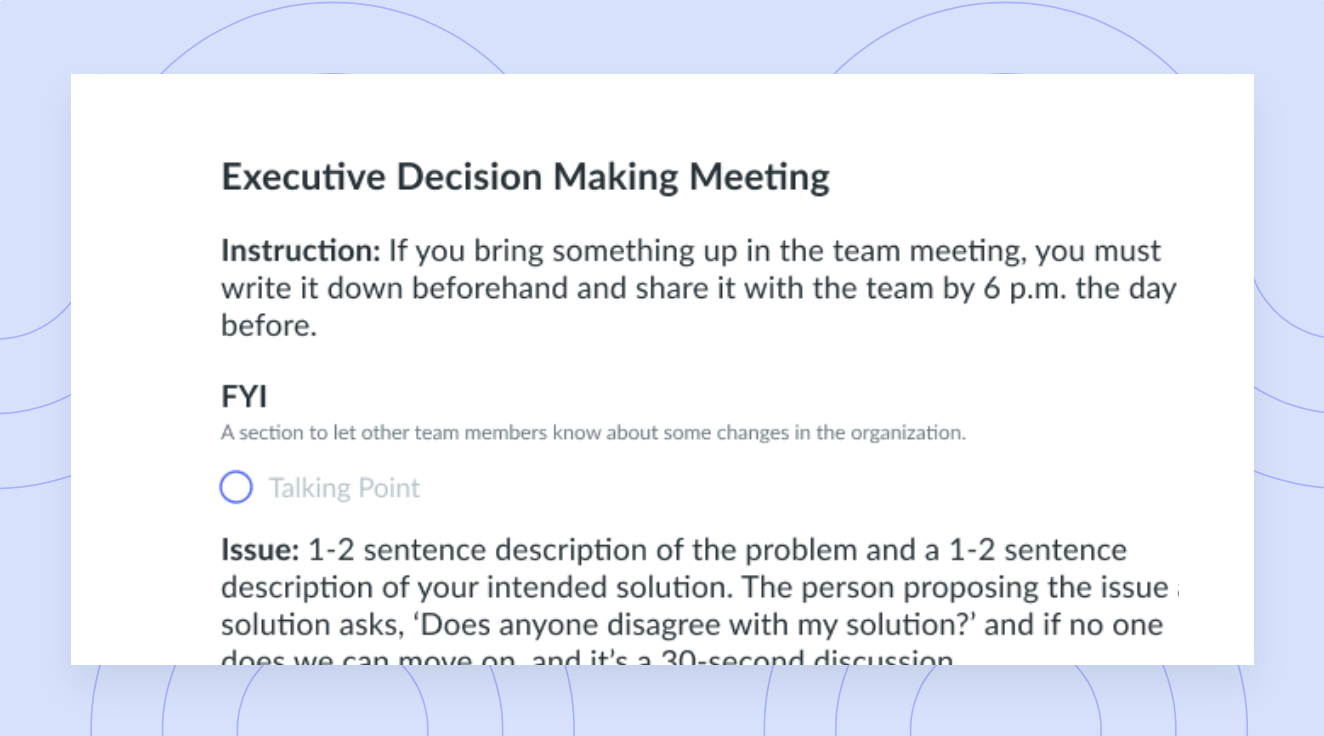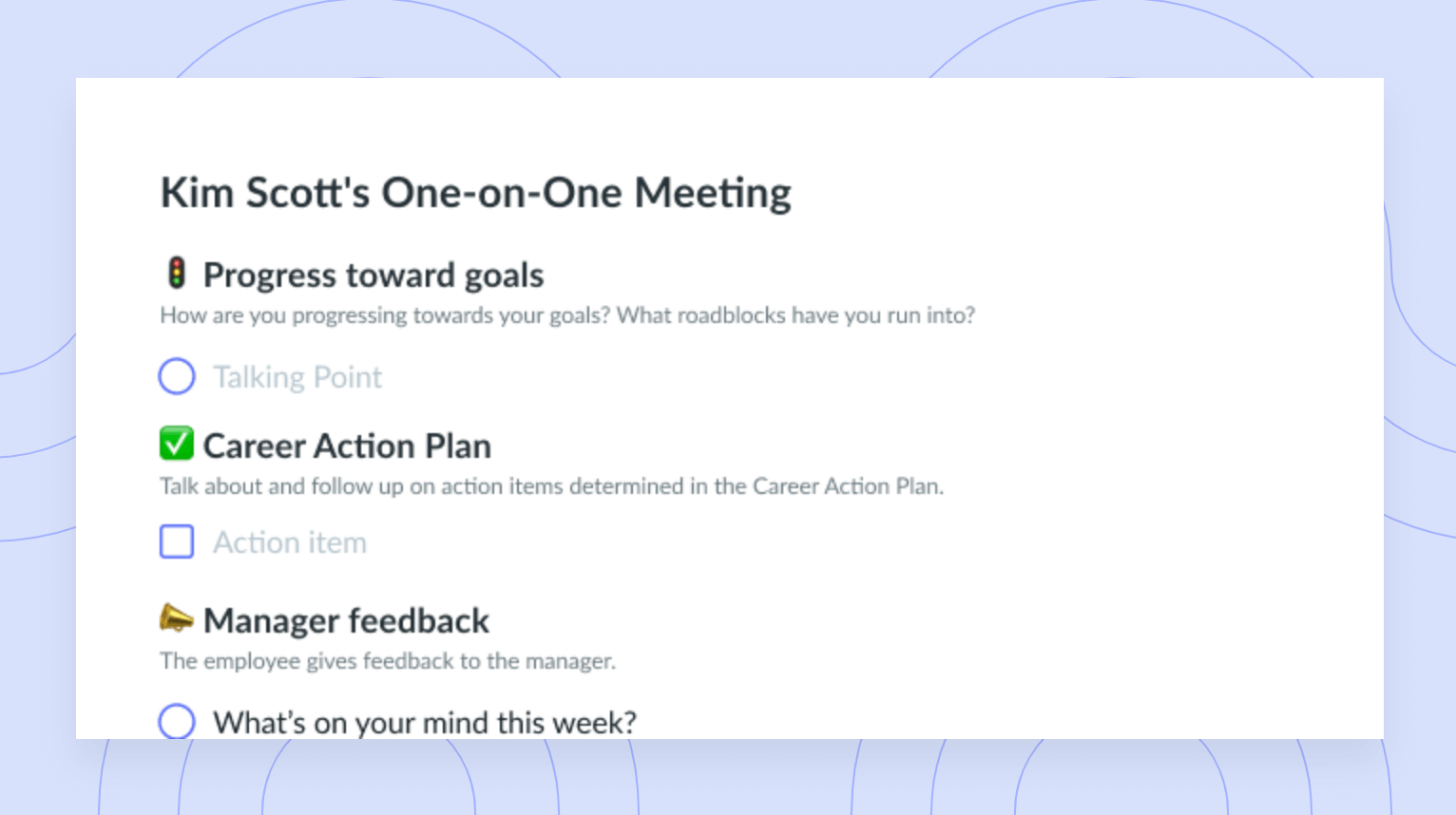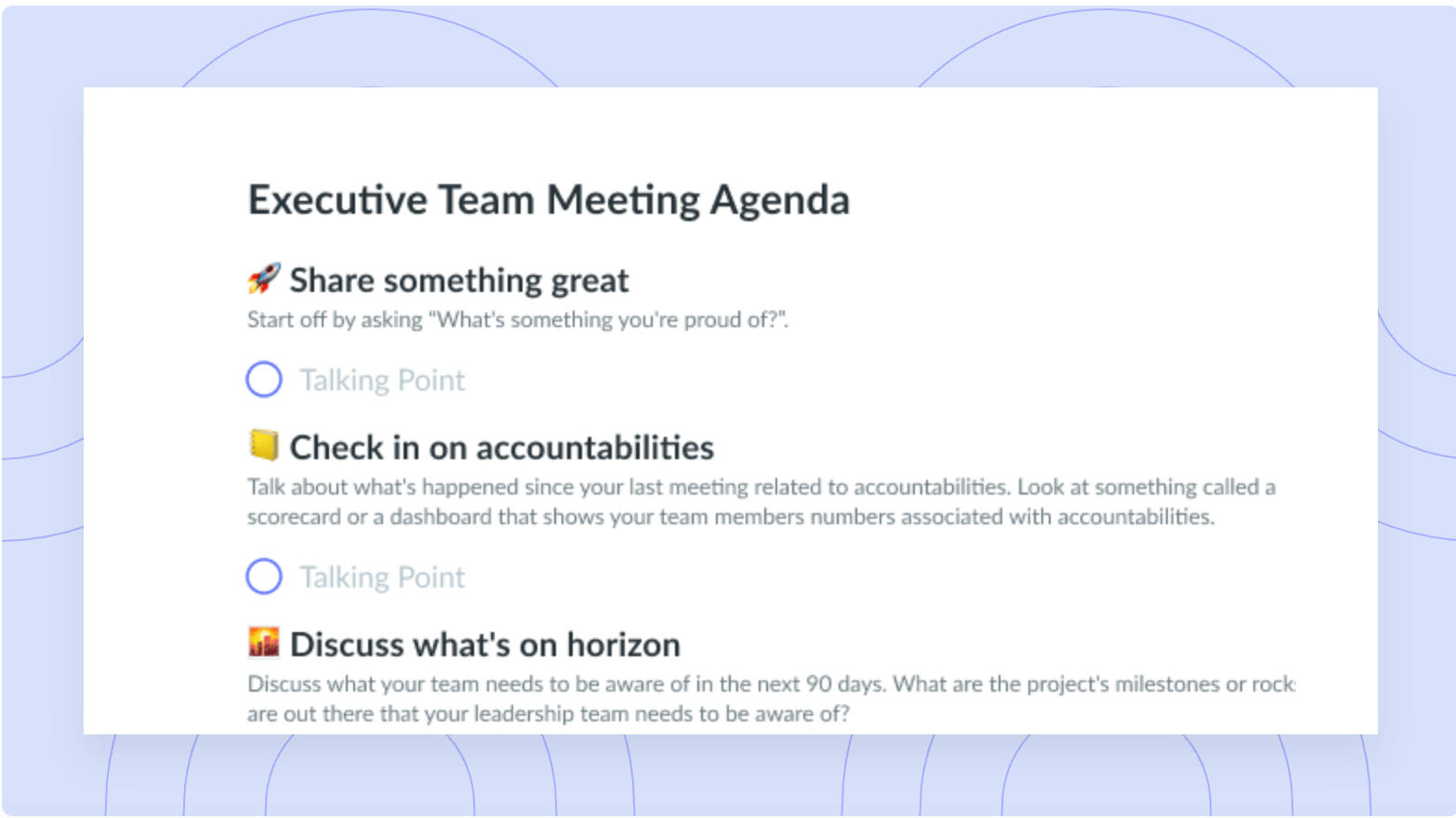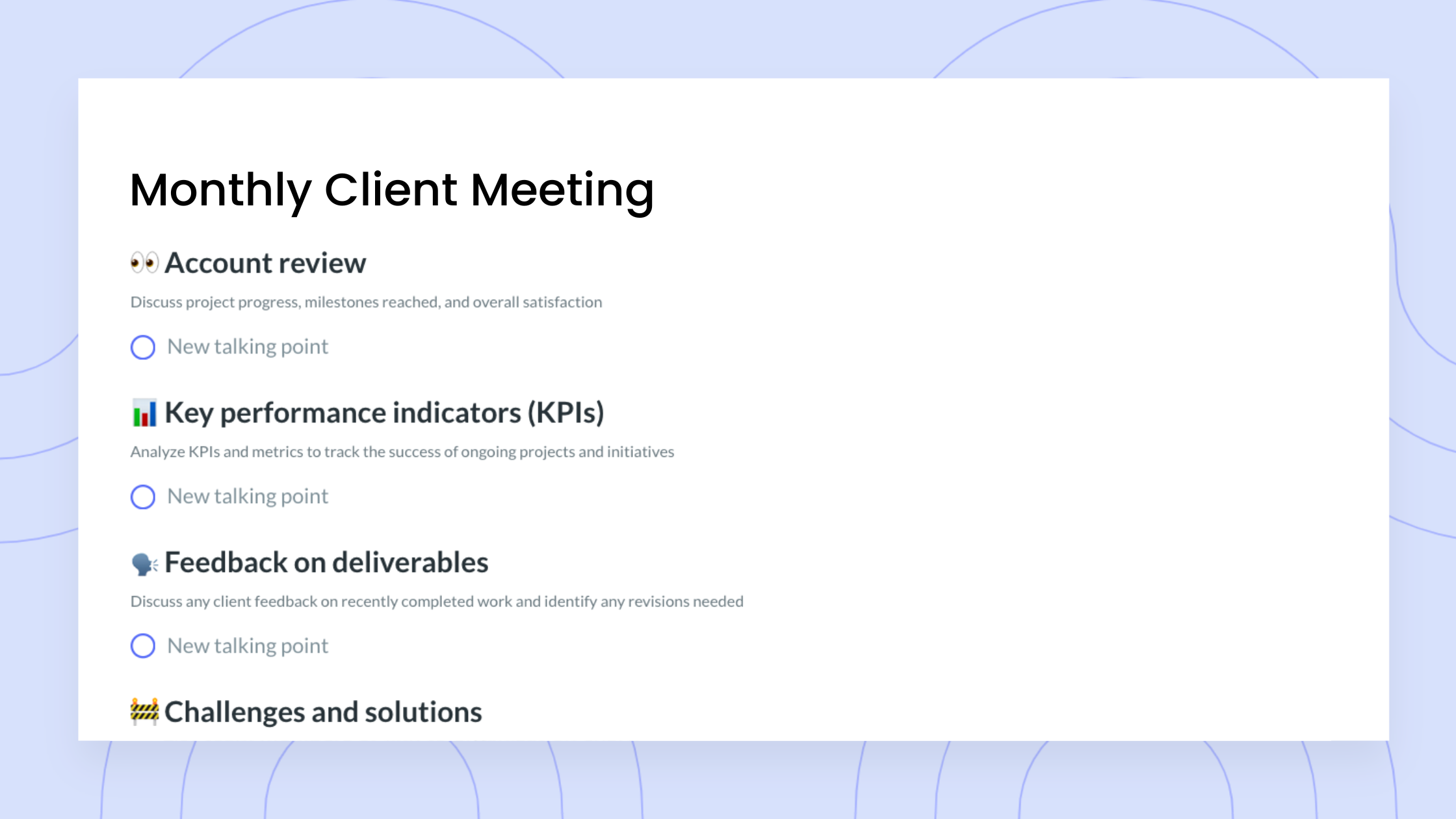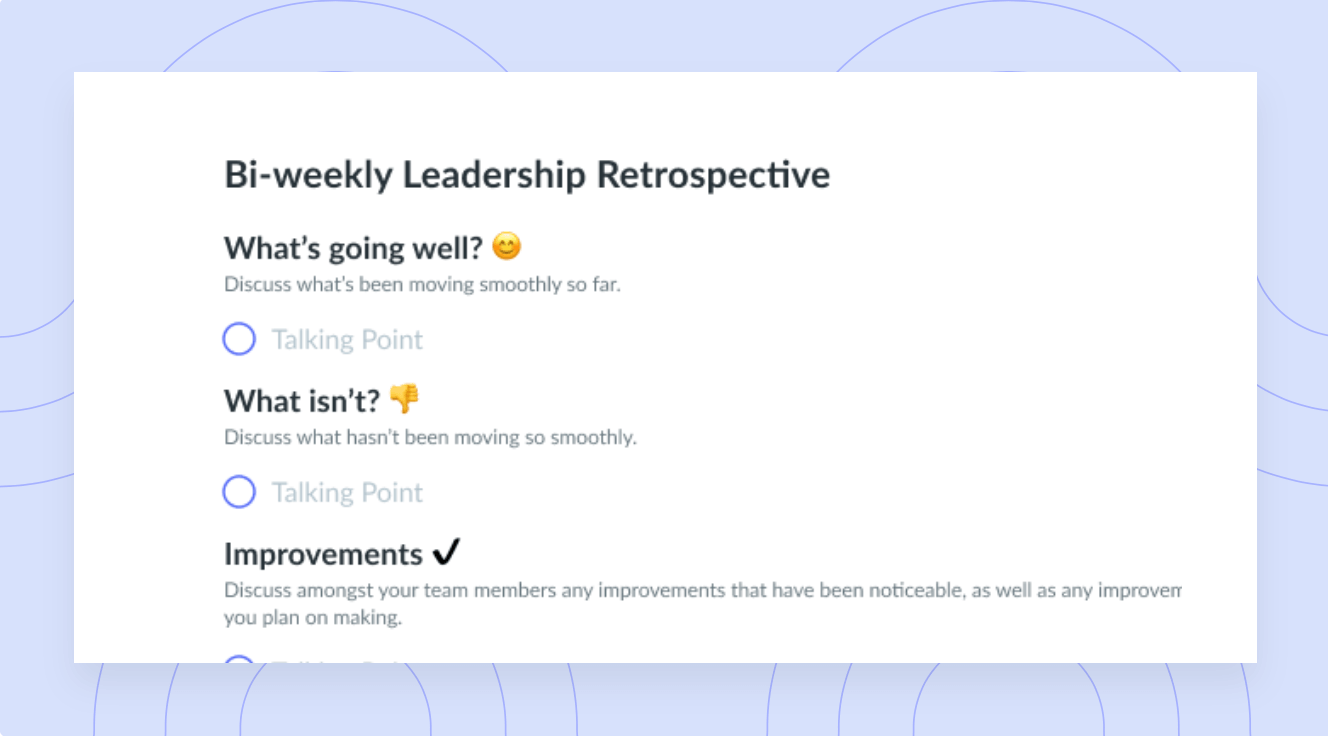Develop Executive Presence and Inspire Confidence
Learn why having an executive presence is important as you seek to inspire confidence in others and strengthen your leadership abilities.
Many of us have heard the term ‘executive presence’ used before, but often, there’s not a clear understanding of exactly what executive presence is. Executive presence has to do with your professional aura and the way you carry yourself among people—and especially among leaders. Someone with a strong executive presence is a strong communicator, is confident, has good emotional intelligence, and has a strong influence in decisions that are being made. Effective leaders often have a plethora of both hard and soft skills, and perhaps most importantly, an impressive executive presence.
If you would like to gain a stronger understanding of what it means to have an executive presence, why this is an important skill to develop, and how you can build your executive presence, read on!
- What is executive presence?
- Why is developing an executive presence important?
- 7 ways to develop your executive presence
What is executive presence?
Executive presence is a skill that anyone can learn. An executive presence is your ability to come across in a way that allows others to trust you and that inspires others to speak up and find their own confidence. An executive leader has strong competencies and is reliable, which makes people want to follow their lead as they demonstrate a strong ability to meet organizational goals and objectives. This mix of soft skills—like self-awareness, active listening, confidence, and good communication—and hard skills enriches executive presence and typically leads to a management position or a position of influence within the company.

Run efficient meetings, come to a decision, and get back to work
Level up your meeting habits to boost engagement and productivity with a collaborative meeting agenda. Try a tool like Fellow!

Why is developing an executive presence important?
- Helps you meet your organizational goals
- Sets you up for professional growth
- Increases productivity
- Fosters better communication
1Helps you meet your organizational goals
An individual who develops an executive presence helps their company meet its goals and objectives because they encourage other individuals to be more productive and effective, and they are more influential in inspiring other team members. High-performing organizations set themselves apart from others because their leaders are able to inspire themselves and their teams to achieve great things.
2Sets you up for professional growth
When you and your peers are better able to meet your organizational goals, this sets everyone up to also grow professionally within their careers. As individuals work more on their soft skills and especially on their confidence, they will achieve their personal goals with much more ease and find themselves crushing their aspirations.
3Increases productivity
Those who work on developing their executive presence will also find that they become more productive. Inevitably as you work to further your skill set, you will simultaneously become more organized to take on the challenges of the day to achieve more. Those who work on their executive presence will notice that their time management improves and they work more efficiently.
4Fosters better communication
Working on your executive presence means that you are likely to foster better communication with your team members and your leadership team. When you work on developing an executive presence, this simultaneously improves communication because there is a huge focus on soft skills, specifically working on developing emotional intelligence and on being a good listener. Stronger communication means improved trust and better alignment.
7 ways to develop your executive presence
- Find the right leadership style for you
- Foster effective communication skills
- Set and track realistic goals
- Set and communicate a clear vision
- Practice with a friend or in the mirror
- Practice active listening
- Find a mentor
1Find the right leadership style for you
First, it’s so important to identify and align with what kind of a leader you want to be and find a leadership style that fits with you. To do this, explore how you work, how you want to lead others, and what kinds of goals you would like to achieve. Ensure your goals are realistic and attainable so you can create appropriate timelines for yourself. In episode 91 of our Supermanagers podcast, Anna Curzon, Chief Product Officer at Xero, explains the difference between leaders who have a reward-based versus a fear-based leadership style saying,
“I think fear-based, is control. It’s threats… You know, sometimes a CEO might say, look, so great, there’s no problem I can’t solve, I can act… I have people coming to me lining up behind my door all day, every day, and I make decisions quickly, and I never change my mind. I think if you’re in a rewards, values oriented company, you’re actually given the opportunity to talk about the things that didn’t go well. And you’re given the opportunity to kind of say, okay, well, that was really interesting, because with all the information we had… We’re clear about what happened there. And in my experience, you know, we run retries all the time at Xero, we do celebrate when we do get things right and that’s an amazing experience… We really lean in when we don’t get things right. And we’re really curious about that.”
Check out the full episode here:
2Foster effective communication skills
Developing and continuously fostering effective communication skills is essential to developing an executive presence. This is clearly explained in a recent Forbes article by Gerry Valentine, who articulates:
“Good leadership is ultimately about communication, and people with great executive presence are excellent communicators. Get feedback on your communication, and invest the time in building communication skills. You need to be an excellent communicator across every medium — in-person, written or virtually — and in every situation.”
When you feel confident about your communication, in every medium, you’ll feel more confident and be better able to articulate your ideas, suggestions, and plans as you move towards achieving your personal goals as well as the organization’s objectives.
3Set and track realistic goals
Be sure to set and track SMART goals for yourself for your own professional development. Find a way to connect your personal goals to the larger, overarching company goals to find alignment and purpose in your work. With Fellow, you can track your objectives effectively as part of your workflow. Fellow’s Objectives tool allows you to stay on top of your team’s goals by clearly recording, defining, and tracking the progress of your objectives and key results (OKRs). Not only does tracking your objectives help you set and track realistic goals in a hyper-organized and easy-to-use fashion, but it also enables you to quickly review your objectives during your team meetings so you’re always on topic and on track.
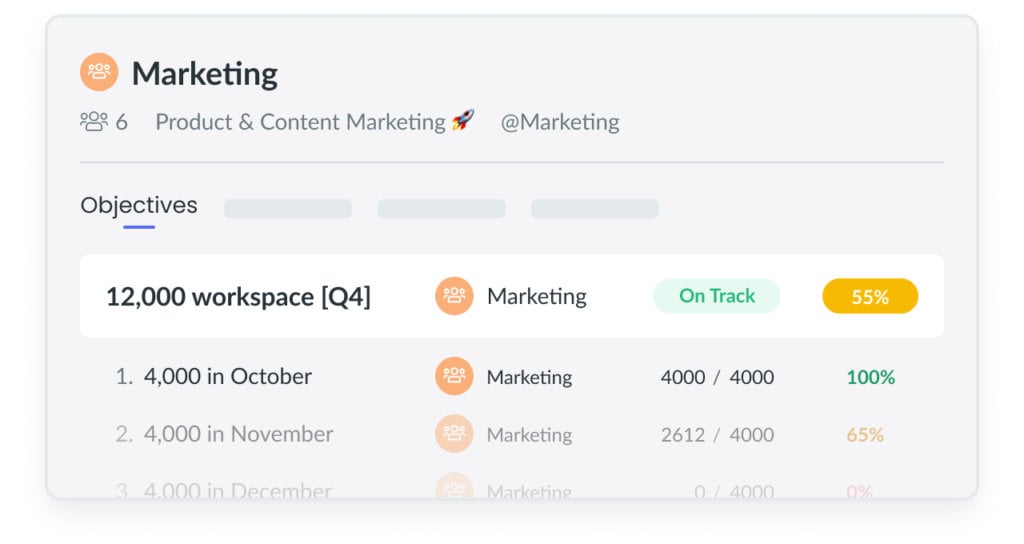
4Set and communicate a clear vision
If you want to develop a stronger executive presence, focus on setting and communicating a clear vision of what you want to achieve, why you want to achieve it, and how you’ll get there. The way you communicate your vision will either motivate your peers or miss the mark. Be sure to know all the details of your strategy so there are no gray areas. This way, you and your team can hit the ground running, without any delays due to confusion. Communicate with clear, simple language and deliver your vision calmly and with confidence.
5Practice with a friend or in the mirror
It may sound silly, but practicing important discussions or presentations is extremely effective. Whether you choose to practice with a friend, in the mirror, or by recording a video of yourself, make sure that you practice out loud. Pay attention to or get feedback on your body language, your posture, your eye contact, and the overall presentation. In doing so, you can make note of areas of improvement and gain confidence by practicing more and ultimately, becoming comfortable and confident about the way you communicate with and come across to others.
6Practice active listening
Active listening is a key skill to develop in order to build your executive presence. When you practice active listening skills, you make others feel seen, heard, and understood. Over time, this ability to listen actively will help develop both trust- and respect- essential qualities for someone who wants to become a leader, or become a more effective leader. Making someone’s thoughts or emotions feel validated and valued is important if you want to have a strong executive presence. All your attention should be on the person who’s speaking.
7Find a mentor
Finding a mentor or engaging in coaching can be a great way to make your executive presence stronger. Other leaders or executives who have gone through similar challenges and triumphs can help guide you and find the best practices for you to reach your goals. If you’re unsure of how to run a mentor meeting, be sure to check out the below mentor meeting template created by Fellow. Use this template as a guide to fuel learning and growth, which will truly help you build your executive presence on a whole new level.
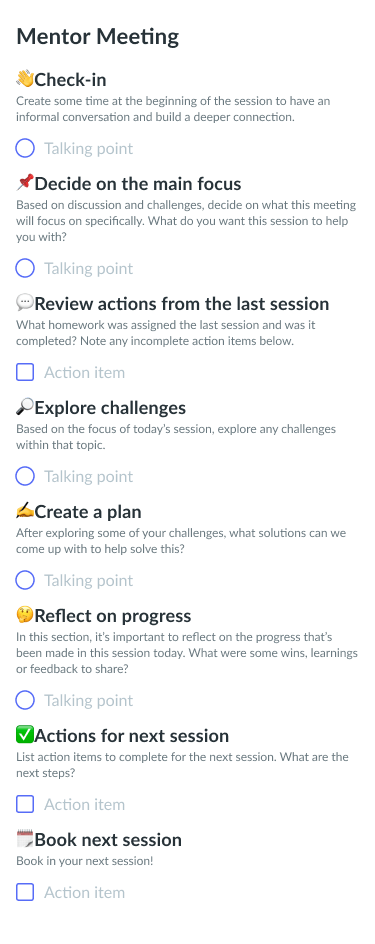
Parting advice
Developing or building an executive presence isn’t the most straightforward process. The good news is that executive presence is a skill, meaning that it’s something that can be learned and developed over time. This is an especially important competency for those who are looking to move into positions of leadership and influence. Focus on finding a leadership style that fits with the way you work, engage in effective communication, set and track goals that are realistic, and be extremely clear on your vision. Practice presentations or important discussions out loud, work on your active listening skills, and find a mentor or a coach to get you to the next level. With a little time and practice, your executive presence will be felt by all!




![Tips for Writing an Effective Executive Summary [+ Example]](https://fellow.app/wp-content/uploads/2022/05/Writing-an-Effective-Executive-Summary.jpg)




